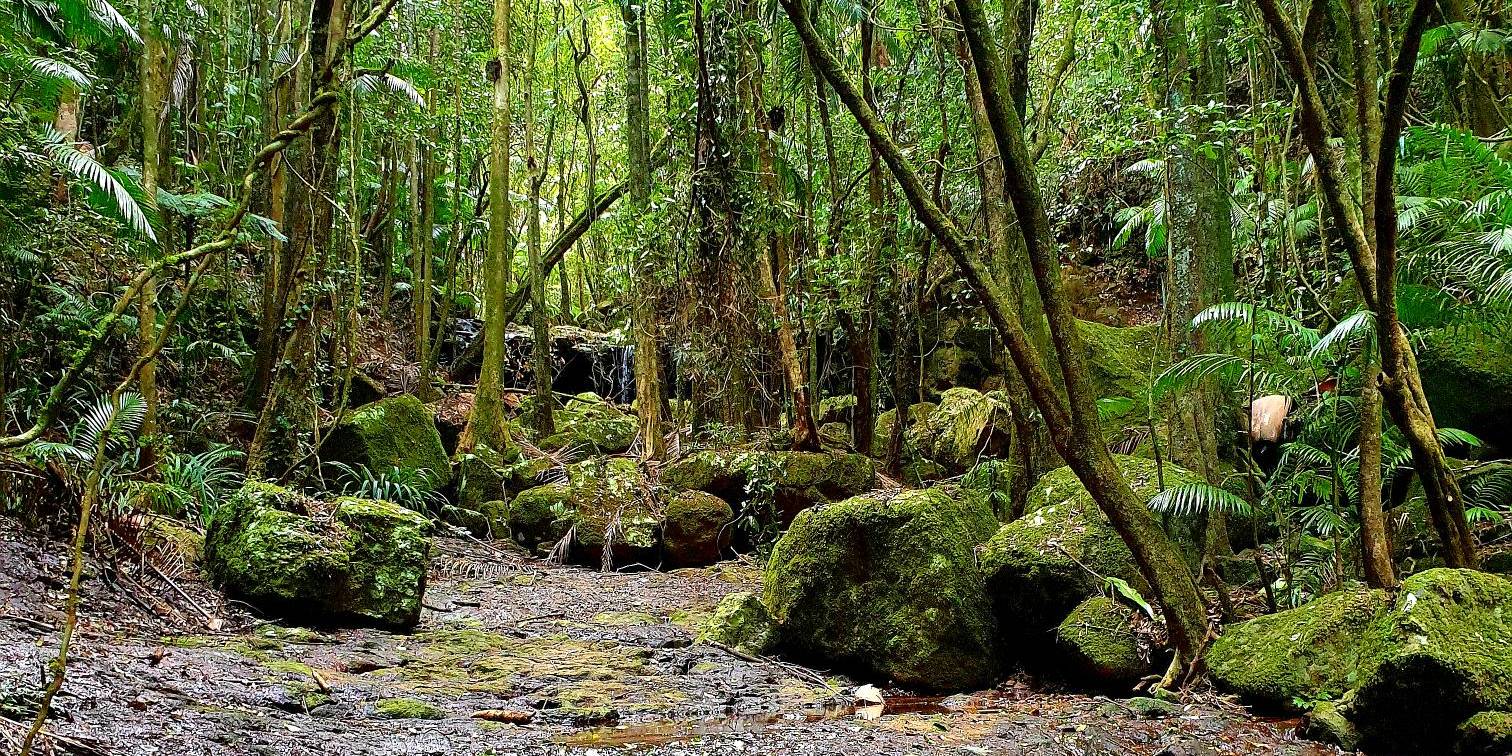Key points
- Drought can be measured by reduced rainfall or reduced streamflow (the flow of water in streams, creeks and rivers).
- During the Millennium Drought from 2006 to 2010, south east Australia experienced its lowest 13-year rainfall record since 1865.
- In June 2018, more than 99% of NSW was declared as affected by drought.
- Drought impacts NSW’s environments, industries, economy and people – including physical and mental health risks.
- Climate change is increasing temperatures and affecting rainfall and climate systems in NSW. This combination of effects is likely making drought conditions in southeast Australia worse.
Impacts of drought in NSW
Australia is the world’s driest permanently inhabited continent, yet it supports many industries, cities and ecosystems that all depend on water. Of all the rain that falls in Australia, around 90%, evaporates back into the atmosphere. Around 2% soaks into the ground, refilling important groundwater reserves. That means less than 10% ends up as runoff (water that flows into streams, rivers and lakes). This runoff is NSW’s most important source of water for agriculture, urban water supplies and ecosystems.
NSW has high water needs. It is Australia’s most populated state and contains a large part of Australia’s agricultural land and many important ecosystems. NSW naturally goes through cycles of wet and dry conditions, however over the past 40 years, average rainfall in NSW has decreased – leading to widespread droughts which impact the state’s people, ecosystems, industries and economy.
The Millennium Drought from 2006 to 2010, was south east Australia’s lowest recorded 13-year rainfall since 1865. In June 2018, over 99% of NSW was declared as affected by drought. In parts of the Murray–Darling Basin, streamflow has been declining since 1975, with northern regions being more affected.
Impacts on people
Drought has both direct and indirect impacts on NSW people.
For people living in regional areas, drought affects income, wellbeing and lifestyle. Drought affects what crops can be grown and how many livestock can be raised. As a result, incomes of farming families are more uncertain during drought periods.
Drought also affects the mental health of people in drought regions. It is linked to increased suicide rates across rural Australia. As drought becomes more severe, the risk of suicide can increase by up to 15% for rural males aged 30 to 49 years.
Larger cities in NSW continue to grow, increasing the demand for urban water supplies. During drought, households and businesses are required to limit their water use according to their council’s water restrictions.
The drier conditions during droughts increases the risk of hazards such as bushfire and dust storms. These events damage homes, properties and businesses and also cause health problems such as asthma.
Impacts on ecosystems
NSW’s unique ecosystems depend on water – from its rivers and wetlands, to its rainforests and woodlands. Drought has huge impacts on these environments and the species which depend on them.
During the Millennium Drought, numbers of waterbirds, fish and aquatic plants declined across the Murray–Darling Basin. Established drought-tolerant trees such as the river red gum were stressed by the prolonged dry period. Many of these trees were hundreds of years old, which suggest the drought was influenced by more than the natural conditions.
Increased climate change and drought will threaten many more iconic NSW species, such as the green and golden bell frog, platypus and important eucalyptus forests.
Impacts on industries and the economy
Drought affects some of Australia’s biggest industries, such as tourism and agriculture.
In 2008, during the Millennium Drought, tourism to the Murray River region dropped severely. This caused an estimated $70 million loss to the region’s tourism industry.
Drought has huge impacts on Australia’s agriculture industry, causing:
- damage to farmable land, including erosion and loss of topsoil
- reduced food and fibre production leading to shortages in supply
- fewer jobs – between 2007 and 2008, drought conditions caused the loss of 6000 agriculture jobs in the southern Murray–Darling Basin
- flow-on impacts to related industries such as manufacturing, transport and retail
- flow-on impacts to consumers through price increases and shortages
- reduced income from exports.
How drought is affected by climate change in NSW
Climate change is increasing temperatures and affecting rainfall, evaporation and climate systems in NSW. This combination of effects is likely making drought conditions in southeast Australia worse.
Climate projections show that:
- droughts in NSW will be more severe and last longer
- winter and spring rainfall is likely to decrease across Australia, possibly by around 15% by 2030
- average Australian rainfall could decrease by 20% to 30% before 2100
- water flows into important Sydney dams could decrease by 25% by 2070, if greenhouse gas emissions continue at their current rate
- winter storm systems will move further south, resulting in less rainfall in winter and spring.
Adapting to drought in NSW
The NSW Government works with local governments and communities to plan for the possible impacts of future drought and climate change. These include creating regional water strategies to help secure water for the future.
Local governments invest in community awareness programs to help people reduce their water use at home.
Farms are becoming more water efficient. New technologies and practices can produce the same amount of food and fibre with less water.
Water can be sourced in other ways to help conserve it, such as recycling water, using desalination plants, collecting rainwater and simply by reducing the amount we use.
Research into the relationship between climate change and increased temperatures helps us understand how climate change may affect drought. This means we can create a stronger plan for NSW to adapt.
Related information
Current Australian rainfall outlook - Australian Bureau of Meteorology
Combined Drought Indicator - NSW Department of Primary Industries
DroughtHub - NSW Department of Primary Industries


